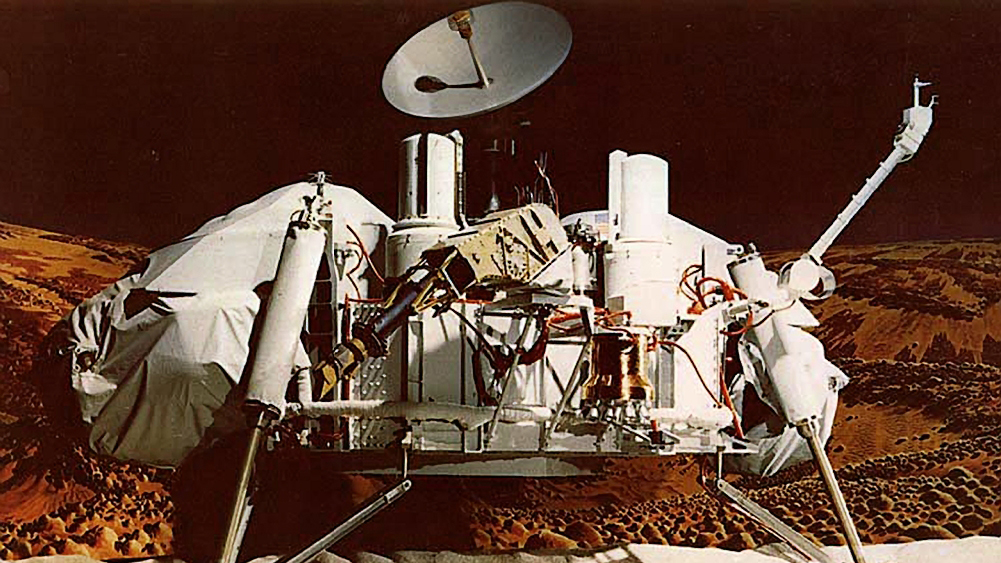Chapter 4: Investigating the Practices of Astronomers and Planetary Scientists

Science Notebook Assignment
Begin a new note for this investigation. Be sure you are continuing to keep your notebook organized and labeled.
Driving Question:
What methods can astronomers and planetary scientists use to investigate the objects in the Solar System objects as well as the stars and why?
In this investigation, we have listed the question above as driving question rather than an investigation question. The reason for this change in terminology is that you are going to be mostly doing internet research of information collected by others rather than collecting your own data in order to answer this question. Thus, it is not the same type of question as the ones from the previous investigations.
To begin this investigation, you should discuss in your groups the driving question and record your initial thoughts about the answer.
After this brainstorm exercise, your next task will be to build a scale model for the Solar System in order to begin to quantitatively analyze its size and the distances between the objects under study. In our class at Penn State, we do a well known version of the scale model called the “Pocket Solar System“. The pocket Solar System is a helpful scale model to have for this exercise as you end up with a map of the Solar System on a roughly 1 meter long length of cash register tape, which you can annotate throughout this investigation. If you want to quickly do calculations for scale models of the Solar System of different sizes (one like the pocket Solar System, one that would fit in your classroom, one that would fit in a football field, etc.) you can use the on-line scale model calculator at the Exploratorium. After building your pocket Solar System, you should predict how far away, at the same scale, the nearest star to Earth would be located. That is, if the Sun is at one end of your cash register tape and Pluto is at the other end, how many more lengths of register tape would you need to represent the distance to the nearest star? Using the on-line calculator or another resource, calculate exactly how far the nearest star would be in your scale model.
Science Notebook Assignment
Record your prediction and the revised answer for the distance to the nearest star in your scale model in your notebook.
The next step in the investigation is to have each group do research about one particular mission or instrument that astronomers use to investigate objects in the Solar System. In our class, we assign each group one of the following:
- Direct human landing: Apollo 11
- Robotic fly-by: New Horizons
- Robotic lander: Curiosity Mars Lander
- Robotic orbiter: Cassini
- Robotic sample return: Stardust
- Earth-based optical telescope: Keck 10 meter
Using the links provided and any others that help you learn about your group’s assigned mission / instrument, you should discuss the answers to the following questions:
- What in general are the assigned goals of your instrument / mission? What did / does it do?
- How long was or is the duration of the scientific work of this mission / instrument?
- If ongoing, when did it start? Does it have an end date?
- What astronomical object or objects does / did it investigate?
- How does or did it collect data? In particular, be prepared to explain this one in your own words.
- Where is or was it located in the Solar System? We recommend marking the location of your mission / instrument on your model Solar System.
Be prepared to share the results of your research with all of the other groups in the class.
Science Notebook Assignment
Summarize the answers to all of the questions above. Be sure to record citations for any other sites used in your research.
In our class, we use a jigsaw method to reorganize our groups so the new groups have one member of each of the original groups. In the new, jigsawed groups, each member should share what they learned about their mission / instrument, so that the groups are able to learn the answers to the questions above for each of the six methods for investigating the Solar System.
There is another, very important consideration that you may have encountered when researching your mission / instrument, which is, the total cost. These vary significantly, and to directly compare them, you need to account for inflation (that is, missions that were conducted many years ago would cost more in today’s dollars). In very approximate numbers, the costs were:
- The Apollo program approximately $190 billion
- NASA New Horizons approximately $800 million
- NASA Mars Curiosity rover approximately $2.5 billion
- NASA Cassini orbiter approximately $4 billion
- NASA Stardust sample return mission $200 million
- Keck 1 telescope approximately $150 million
To finish off this investigation we end with a whole class discussion of two questions:
- Discuss the advantages and disadvantages of each method for studying the objects in the Solar System. If you were to design a new mission, what sorts of question would you have to ask yourself in order to design the optimal mission?
Returning to the beginning of the investigation, we began with a scale model of the Solar System before calculating the distance to the nearest star at the same scale. Of the methods you researched in this investigation, which could you use to study the nearest star? What is the key consideration for determining how to study the stars instead of a Solar System object?
Science Notebook Assignment
Record your answers to the final discussion questions.
Resources for further investigation
One source of data on the solid worlds of the Solar System exists directly on Earth: meteorites. If you wish to investigate meteorite searches as a method to compare to the ones listed above, you can start with the following:

